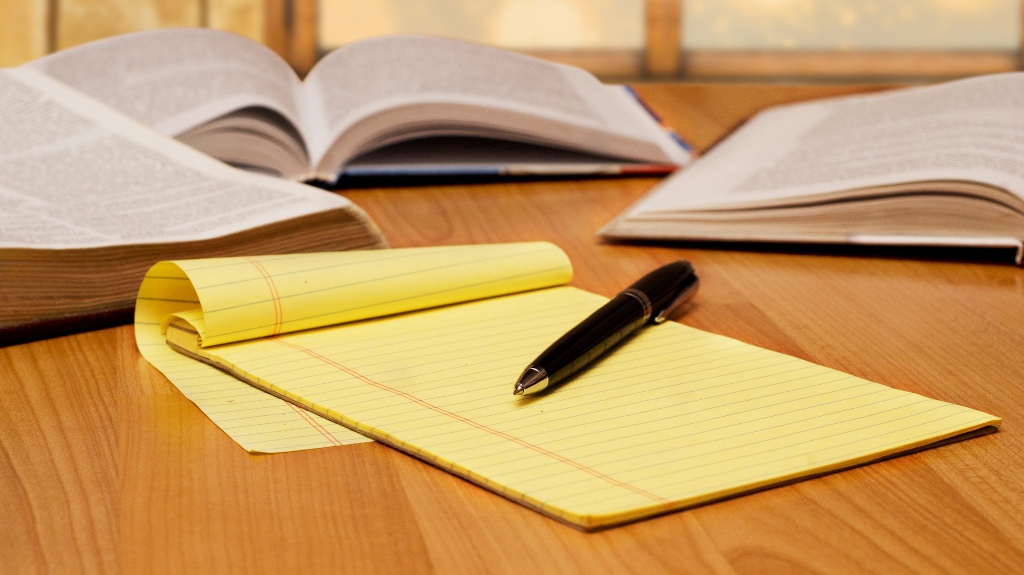
Nothing says “intellectual intrigue” like a pad of sunshine-colored paper with a distinct red margin. But how did this iconic tool of the legal trade come to be? They’re not just a quirky office supply—they’re a staple of the legal profession with a backstory that took shape more than 130 years ago.
The Birth of the Legal Pad
It all began in 1888 when Thomas Holley, a 24-year-old paper mill worker in Holyoke, Massachusetts, decided he was tired of sweeping up paper scraps at the end of every day. Holley thought, “Why not stitch these scraps together and sell them?” Thus, the humble notepad was born. Over time, Holley’s creation evolved. In 1900, a judge in Holyoke, seeking spaces to write his notes, asked his assistant to find or create a writing pad with a margin. That request encouraged Holly to add the iconic vertical 1.25” margin on the left side of the paper. That simple addition made it perfect for lawyers, who are known for their meticulous note-taking and love of organization.
Holley’s invention became so popular that he quit his job at the mill and started his own company, American Pad and Paper (AMPAD), thus transforming discarded paper into an everyday essential. His company still exists today.
As for their defining size, legal pads – typically 8.5 x 14 inches – offer more writing space than standard notebook paper. Lawyers, known for their verbose notes and detailed case documentation, benefit from the extra room to jot down thoughts, arguments, and strategies without needing to flip pages constantly.
But Why Yellow?
But why yellow? Some theories suggest yellow stimulates creativity and focus in our brains—good for when you’re drafting arguments or knee-deep in case law. Others believe the yellow dye masked the fact that the pads were made from mismatched scraps. Finally, yellow pages of hand-written notes and original work are easier to spot among piles of white legal briefs and photocopies. Whatever the reason, yellow pads became as indispensable to lawyers as objections and caffeine.
So why do attorneys cling to these pads in the digital age? Tradition, for one. But there’s also practicality: notes on yellow paper stand out, the color is easy on the eyes under harsh office lighting, and legal pads are perfect for jotting down strategy without relying on batteries or Wi-Fi!
So, the next time you spot a lawyer furiously scribbling on one, just remember: behind every great legal mind is probably a yellow legal pad, quietly doing its part to make justice just a little brighter.
About Griffith Barbee
Griffith Barbee is a boutique intellectual property and commercial litigation law firm in Dallas. Our award-winning lawyers represent companies, business leaders, and entrepreneurs in high-stakes disputes in federal and state courts throughout the country and in tribunals within the U.S. Patent and Trademark Office.
